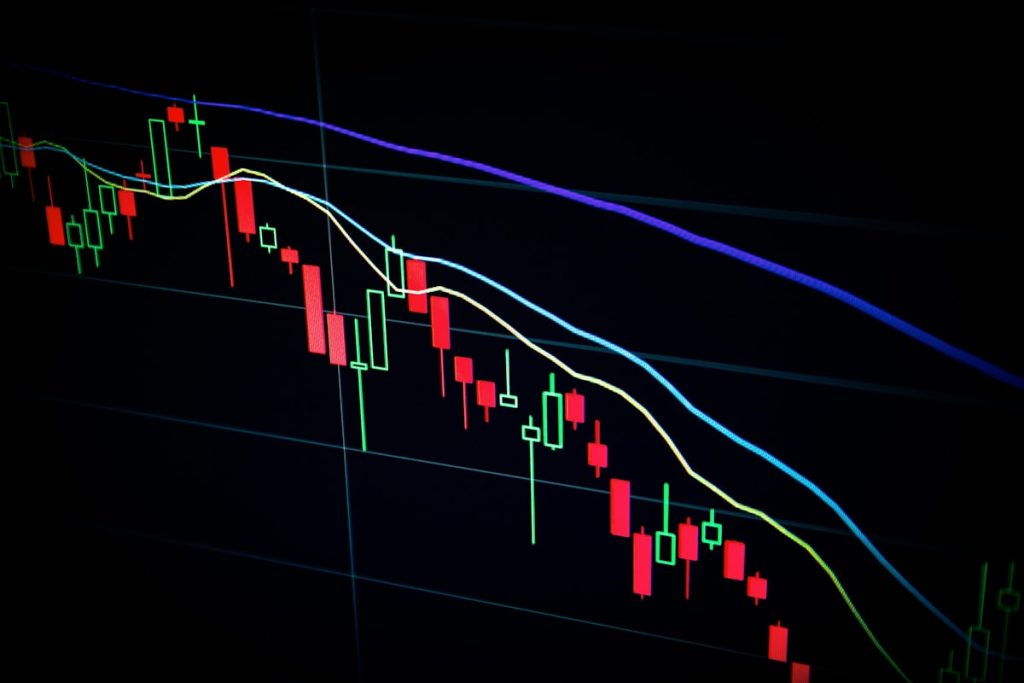Asian Shares Rise After China‑US Talks End Without a Trade Deal
– Markets in East Asia posted broadly higher closes on Friday, even as senior officials from Beijing and Washington wrapped up a series of trade‑policy talks without reaching a new agreement.
Why the Market Stayed Positive
Several factors converged to keep the sentiment upbeat:
- Risk‑off fatigue: After months of volatility tied to geopolitical headlines, investors were more focused on earnings fundamentals than on diplomatic outcomes.
- Robust corporate results: The latest quarterly reports from technology giants, consumer‑goods manufacturers, and financial institutions in the region beat consensus estimates, providing a cushion against trade‑policy uncertainty.
- Monetary policy divergence: The Bank of Japan’s continued accommodative stance, alongside the People’s Bank of China’s modest liquidity injections, helped sustain lower funding costs across the region.
Market Performance Snapshot
By the close of trading:
- Japan’s Nikkei 225 advanced 1.3% to 34,200 points.
- South Korea’s KOSPI climbed 1.1% to 2,950 points.
- Hong Kong’s Hang Seng gained 0.9% to 20,150 points.
- China’s Shanghai Composite rose 0.7% to 3,420 points, buoyed by gains in consumer‑discretionary stocks.
- Australia’s ASX 200 added 0.6%, reflecting demand for commodities tied to Chinese imports.
Volume was above average in most markets, indicating that the rally was driven by active buying rather than a passive rebound.
Sector Winners and Losers
Winners: Technology, semiconductors, and e‑commerce stocks led the charge. Companies such as Taiwan’s TSMC, South Korea’s Samsung Electronics, and Japan’s Sony posted gains of 2‑4% on news of strong order books and upcoming product launches.
Losers: Traditional export‑oriented manufacturers, especially those reliant on U.S. defense contracts, slipped modestly. The aerospace and heavy‑machinery segments fell 0.5‑1% as investors priced in a potential slowdown in U.S. procurement.
What the Absence of a Deal Means for the Future
While the lack of a new trade pact might appear negative at first glance, analysts point to a more nuanced picture:
- Predictability of existing rules: Both sides reaffirmed commitment to the WTO framework and to existing tariff schedules, reducing the risk of sudden policy shocks.
- Focus on multilateralism: The talks highlighted a shared interest in strengthening supply‑chain resilience through regional agreements such as the Comprehensive and Progressive Agreement for Trans‑Pacific Partnership (CPTPP).
- Potential for “quiet diplomacy”: Sources close to the negotiations suggest that back‑channel discussions will continue, especially on issues like intellectual‑property protection and technology transfer.
Investors are therefore watching for signals from central banks and corporate earnings rather than relying solely on diplomatic breakthroughs.
Key Takeaways for Traders
- Maintain exposure to high‑growth tech and consumer sectors, which are less sensitive to short‑term trade policy swings.
- Consider hedging strategies for export‑heavy industrial stocks that could be affected by any future escalation in tariffs.
- Monitor monetary‑policy cues from the BOJ, PBOC, and RBA, as rate differentials will continue to shape capital flows across the region.



